Chlorine stands as the most favored disinfectant for water worldwide, with its use prevalent in about 98% of water treatment facilities all over the world. This is attributed to chlorine’s readily available nature, cost efficiency, simplicity in usage, and its effectiveness in eradicating germs. The addition of chlorine to water supplies significantly diminishes the prevalence of waterborne diseases such as cholera and typhoid fever, contributing to enhanced public safety. Yet, this effective and economical disinfectant is not without its drawbacks.
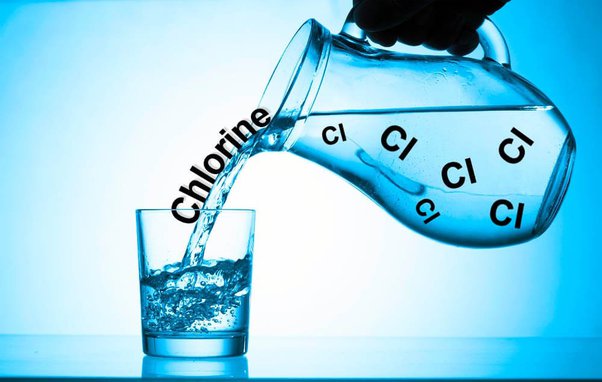
Research has established connections between chlorine in drinking water and various types of cancer, including bladder, rectal, and breast cancer. In particular, a report from the U.S. Council of Environmental Quality has brought attention to the alarming statistic that individuals consuming chlorinated water face up to a 93% higher risk of cancer compared to those who drink water without chlorine.
Despite these concerns, the undeniable benefits of chlorine in ensuring safe drinking water cannot be overlooked. However, it’s crucial to strike a balance between these benefits and the potential health risks associated with chlorine use. Understanding the chemistry of chlorine and its impact on water quality is the first step in navigating this complex issue.
What is Chlorine and Its Many Uses?
Chlorine (Cl) is a naturally occurring chemical element, characterized as a toxic, irritating, and poisonous greenish-yellow gas at room temperature. It can be converted into a liquid form when pressurized and cooled, and rapidly transforms back into a gas upon release, spreading close to the ground. This versatile element is best known for its role in disinfecting drinking water and treating pool water, evident from its distinctive smell in water parks and chlorinated pools. Chlorine’s presence extends to household tap water across the all over the world and is integral in creating everyday sodium chloride or table salt. Beyond this, it plays a vital role in producing a wide range of products, including medicines, PVC pipes, plastics, car bumpers, and seat cushions, demonstrating its extensive utility in various industries.
What does chlorine contain?
Chlorine, a chemical element in its most basic form, exists as a potentially harmful gas. Unlike synthetic chemicals composed of various elements, chlorine stands alone as a singular entity.
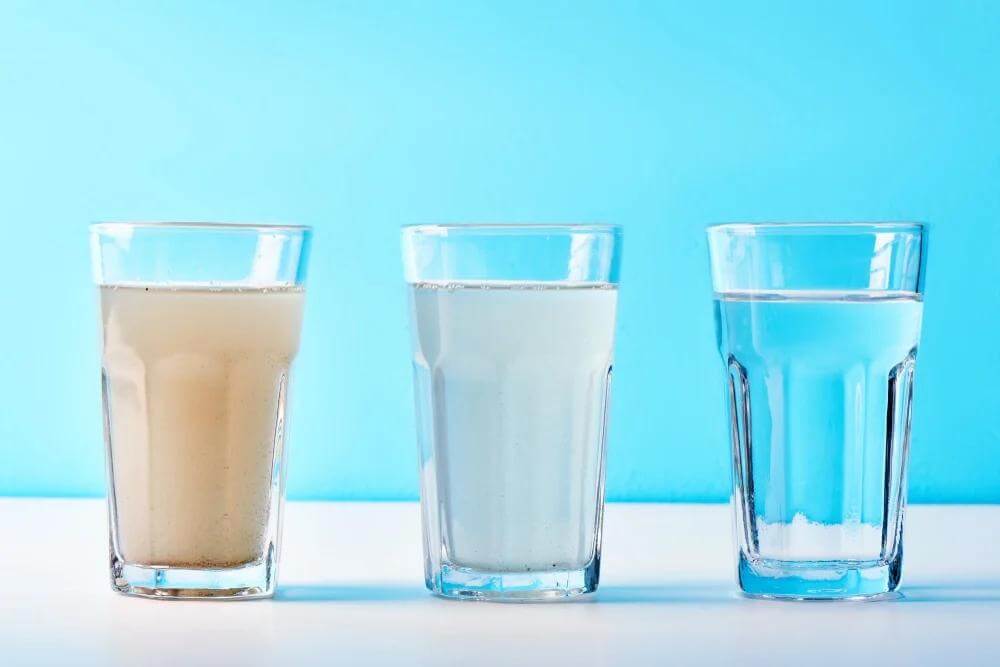
In water treatment, especially for pools, chlorine gas isn’t typically used. Instead, safer derivatives such as liquid chlorine or sodium hypochlorite are added to the water. These compounds undergo a chemical transformation in the water, forming hypochlorous acid. This acid is highly effective against a wide range of pathogens, including bacteria, viruses, and fungi, and can rapidly neutralize both spore-forming and non-spore bacteria.
For the purpose of purifying drinking water, a slightly different approach is used. Water treatment facilities introduce either chlorine gas or hypochlorite into the water. At this stage, the chlorine gas is often pressurized to convert it into liquid form for easier handling and distribution. When this liquid chlorine is then mixed with water, it forms hypochlorous acid and hydrochloric acid. These acids play a critical role in ensuring the safety and cleanliness of the drinking water, effectively eliminating harmful microorganisms and contaminants.
Why is chlorine added to drinking water?
Chlorine’s potent toxicity makes it an effective agent in destroying harmful bacteria, microbes, and pathogens in water supplies, ensuring the water is safe to drink. Its use has significantly reduced the risk of waterborne diseases like cholera and typhoid fever, which historically have been major health threats in the many countries.
The introduction of chlorine in public water systems has been a key factor in nearly eliminating many dangerous waterborne diseases, safeguarding countless lives. Its impact has been so profound that it is credited with substantially increasing Americans’ life expectancy in the 20th century, earning accolades from the CDC as a monumental health advancement.
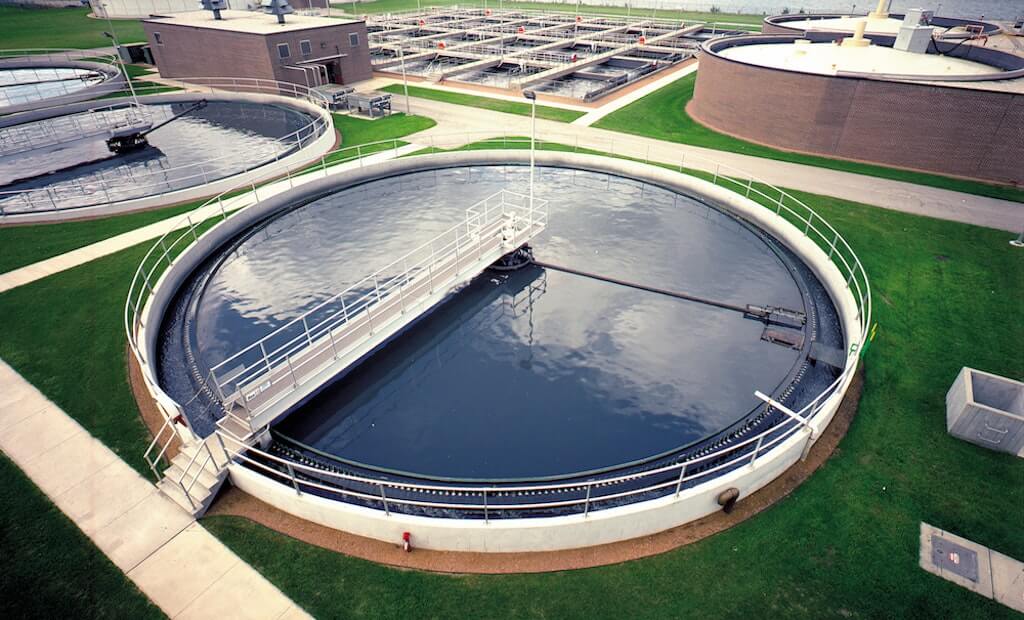
Chlorine does more than just eradicate harmful germs; it also helps improve water’s taste and smell by combating molds, algae, and bacteria in water storage and distribution systems.
The U.S. Environmental Protection Agency mandates the addition of a measurable level of chlorine in public water systems, ensuring ongoing protection against pathogens as water travels from treatment facilities to homes.
How Well Does Chlorine Combat Waterborne Germs?
Chlorine is notably effective in neutralizing a wide range of pathogens commonly found in water sources. Its effectiveness hinges on the concentration of chlorine present and the duration of its interaction with the microorganisms.
When conditions are optimal, chlorine can rapidly eradicate a majority of waterborne germs. However, certain microorganisms, like Cryptosporidium, exhibit resistance to standard chlorination methods. As a result, some water treatment systems may need to incorporate extra steps to counter these and other similarly resilient pathogens.
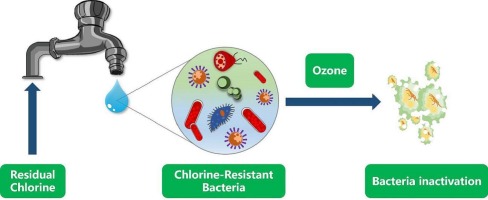
How does chlorine destroy waterborne germs?
Chlorine combats waterborne germs effectively by breaching their protective layers, such as slime coatings and cell walls. It acts by either eliminating the bacteria directly or disrupting their DNA, rendering them unable to reproduce. This process is key to chlorine’s role in making water safe for consumption.
Chlorine Levels in Tap Water: What Should You Know?
Determining the exact chlorine levels in your water can vary. The most direct method is to either request a water quality report from your local water provider or use a DIY home water testing kit.
Water quality reports are typically comprehensive, providing detailed insights into the chlorine levels in your local drinking water. Many water providers also make these reports accessible online.
Alternatively, a DIY home water testing kit offers a quick way to measure chlorine levels, usually delivering results in less than 10 minutes. There’s a variety of these kits available for purchase online, allowing you to compare options and find the most suitable one for your needs.
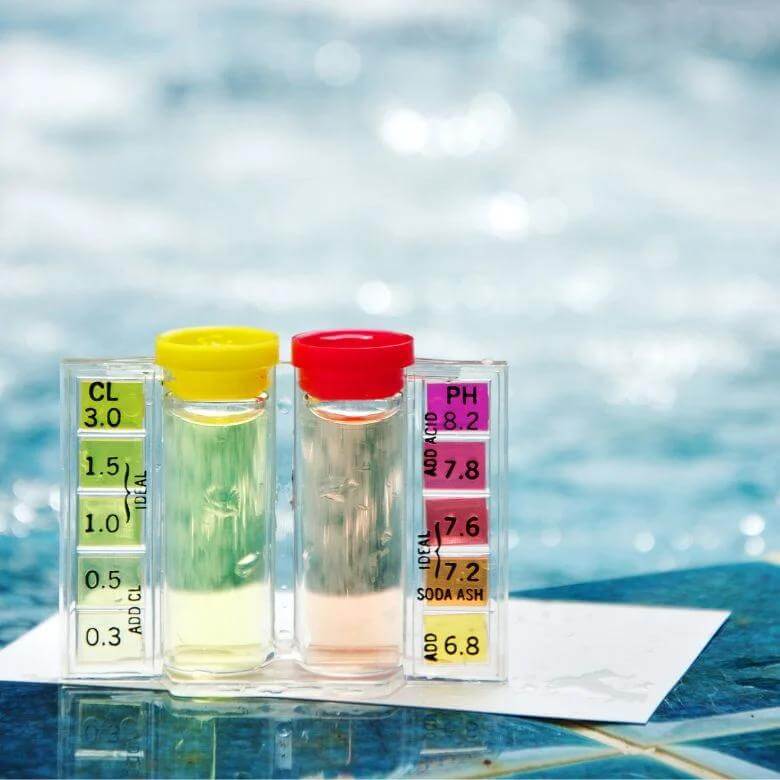
The CDC considers chlorine levels up to 4 milligrams per liter (mg/L) or four parts per million (ppm) safe for consumption. The WHO notes that chlorine concentration in most treated water ranges from 0.2 to 1 ppm.
What are the health effects of chlorine?
Chlorine is effective in neutralizing harmful bacteria and microorganisms in water. However, its addition to drinking water has raised safety concerns due to its reaction with organic compounds already present in the water, leading to the formation of disinfection byproducts (DBPs), notably trihalomethanes (THMs).
Studies have linked THMs to serious health issues, including stillbirths, birth defects, and increased risks of kidney and liver cancer, as well as problems affecting the central nervous system, heart, kidneys, and liver. Inhalation of THMs and chlorine can be particularly hazardous, as these chemicals vaporize at lower temperatures than water, increasing exposure during activities like showering.
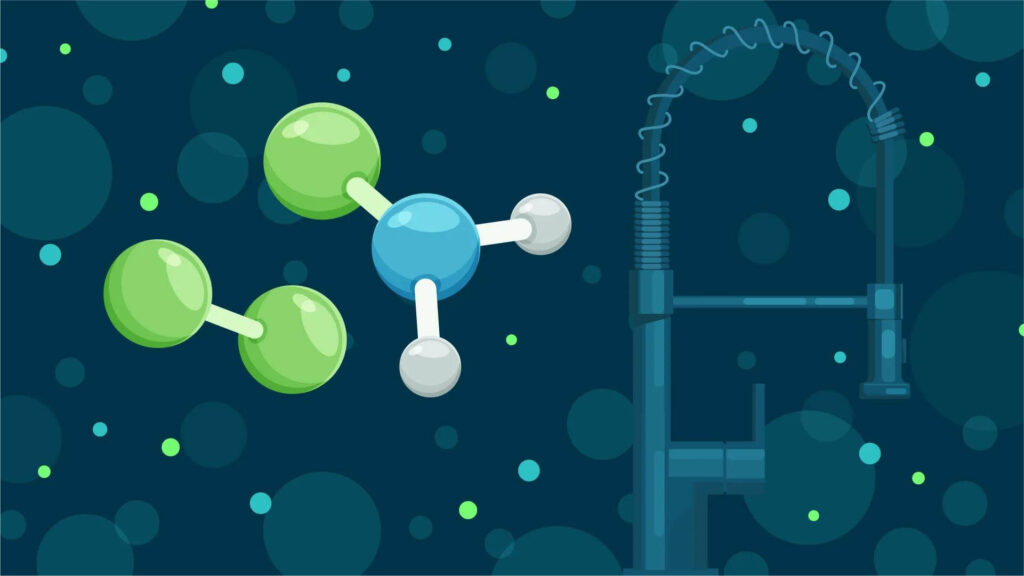
Moreover, a 2005 study indicated that THMs are more concentrated in the body when absorbed through the skin compared to consumption through tap water. This suggests that the risks associated with toxic DBPs extend beyond drinking chlorinated water and include everyday activities like showering.
The effects of chlorine on your hair and skin
Prolonged exposure to chlorine can detrimentally affect skin and hair health. Regular contact with chlorinated water, such as in swimming pools or showers, can lead to dry, itchy, and flaky skin and hair. Chlorine exposure can also cause skin redness and make dyed hair lose its color prematurely, leading to a frizzy and dry texture.
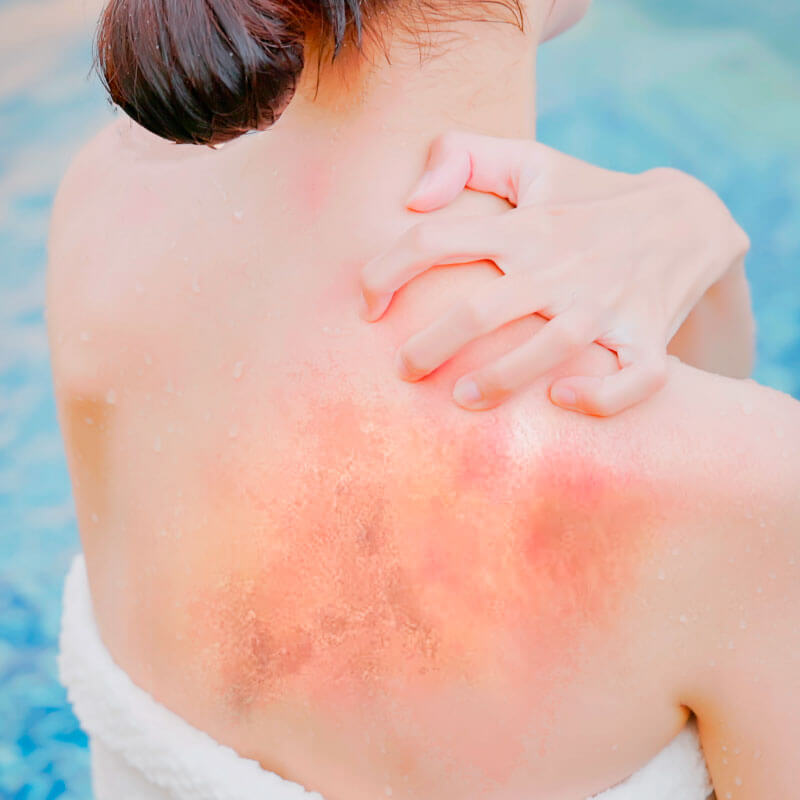
Individuals with sensitive or delicate skin and hair are especially susceptible to chlorine’s harsh effects. The body naturally produces protective oils and proteins that coat the skin and hair, maintaining their health and softness. However, chlorine in water can strip away this protective layer, leaving the skin and hair vulnerable to environmental elements and contaminants, resulting in increased dryness and irritation.
How chlorine damages your gut?
The efficacy of chlorine in eliminating bacteria is a double-edged sword. While it successfully purifies water by killing harmful bacteria, its introduction into the human body can adversely affect beneficial gut bacteria, crucial for about 70% of our immune system functions.
Recent studies highlight the importance of a healthy gut microbiome for overall bodily function. A depletion of these essential microbes has been linked to a variety of health issues, including type 2 diabetes, obesity, irritable bowel syndrome, colorectal cancer, and certain autoimmune disorders such as asthma and autism. Furthermore, compromised gut health can lead to symptoms like bloating, gas, abdominal pain, constipation, and diarrhea.
How to protect yourself and your family from the toxic effects of chlorine in drinking water?
There are various methods to mitigate the effects of chlorine in drinking water, each with its own advantages and drawbacks. The choice of method largely depends on the chlorine levels in your water and your budget. Here are five different chlorine treatment methods, along with their respective pros and cons, to help you make an informed decision for protecting your family’s health from chlorine’s harsh effects.
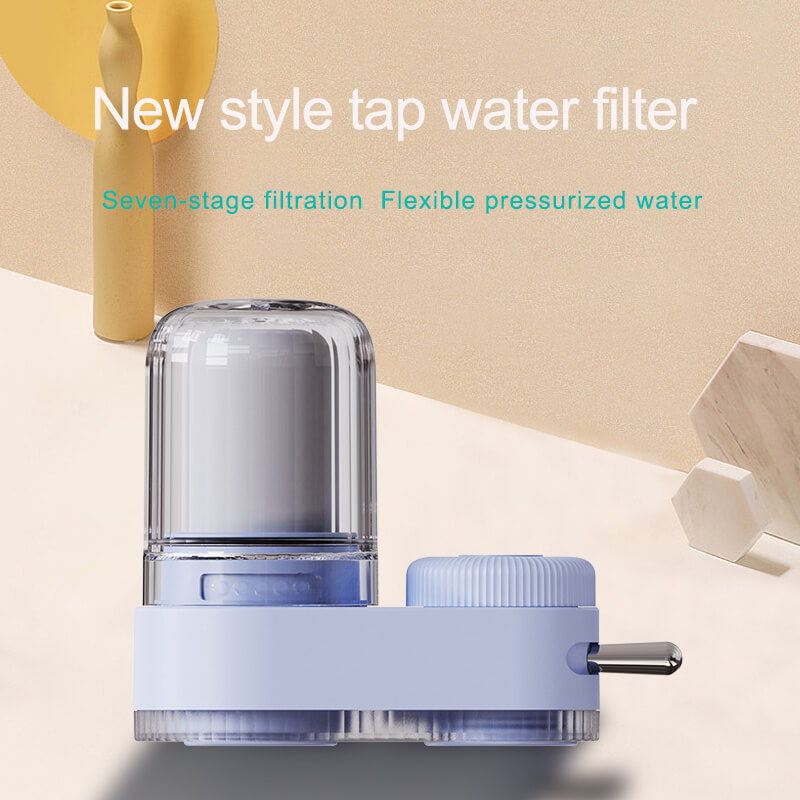
1. Filtration
We recommend water filtration using activated charcoal, either granular or particle form, to effectively reduce chlorine and chloramine levels, as well as the taste and odor caused by chlorine and DBPs. This method, rooted in ancient practices like the Egyptians’ use of charcoal for water storage, has evolved significantly over time, offering improved water purification through advanced carbon filtration technology.
For an effective and quick solution to filter your water, our faucet water purifiers are an excellent choice. They’re designed for easy installation and rapid filtration, making them a convenient and efficient option for reducing chlorine and improving water quality directly from your tap.
Our water filtration systems primarily use carbon filtration, especially catalytic activated carbon, due to its high efficiency in removing chlorine, THMs, and chloramines via adsorption. This process functions like a sponge, absorbing particles and binding them to a surface, similar to Velcro. Organic compounds are attracted to and adhere to the carbon filter’s surface, thanks to the natural affinity between water and contaminants.
Carbon filters, known for their porosity and extensive surface area, excel in diminishing unpleasant tastes, odors, and other particles in water. They operate akin to an ice tray, where the pores serve as slots capturing contaminants as water passes through, effectively purifying it.
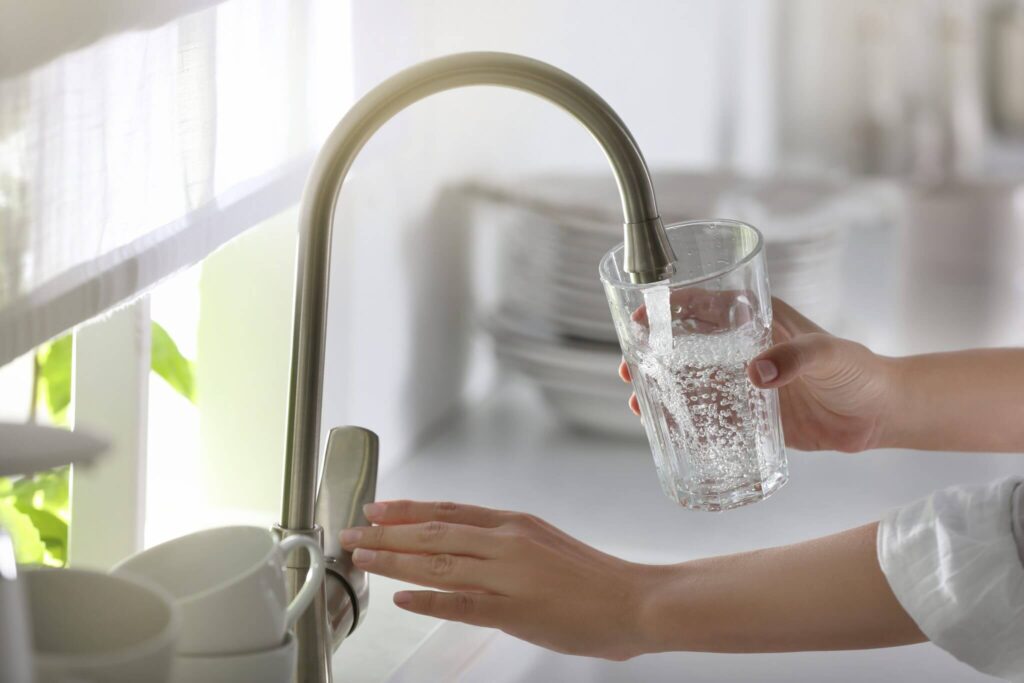
The effectiveness of our carbon filters is determined by the size of their pores, measured in microns – the smaller the micron, the finer the filtration. Optimal pressure and a slower flow rate enhance the filtration process by allowing more time for contaminants to adhere to the carbon, much like forming ice. The longer water remains in contact with the carbon filter, the more thorough the purification.
Our filters use coconut shell carbon, the most sustainable option compared to other media like bituminous coal and wood-based carbon. Derived from coconut shells, it offers allergen-free and taste-neutral filtration. Bituminous coal, once common but now less favored due to potential arsenic traces, has been largely replaced. Wood-based carbon, resembling ancient Egyptian methods, is produced by burning wood into granules. However, our focus on coconut shell carbon emphasizes both efficiency and sustainability.
2. Ultraviolet (UV) radiation
UV radiation offers an effective water purification method, although it’s less common than filtration. It serves as a chlorine and chloramine dechlorinator, without the drawbacks of chemical treatments or filtration.

The advantage of UV radiation lies in its ability to break down and eliminate chlorine due to its light sensitivity. The more prolonged the exposure to UV light, the greater the dissipation of chlorine. This makes UV radiation a viable choice for water purification.
| Pros | Cons |
| – Doesn’t affect the taste of the water | – Exposure to UV radiation can be dangerous. |
| – Eliminates both chlorine and chloramine | – Not easily accessible |
| – No chemicals required | – Can be pricey |
3. Evaporation
One could argue that the simplest and most cost-effective method to eliminate chlorine from water is to allow it to stand, allowing the chlorine in a glass or pitcher to evaporate.
However, this “standing” method has its drawbacks. Firstly, it’s not an immediate solution to your chlorine concern, requiring patience as it can take a long time for chlorine to evaporate. Even letting the tap run for a while is unlikely to remove a significant portion of chlorine unless you let the water sit overnight before consumption.
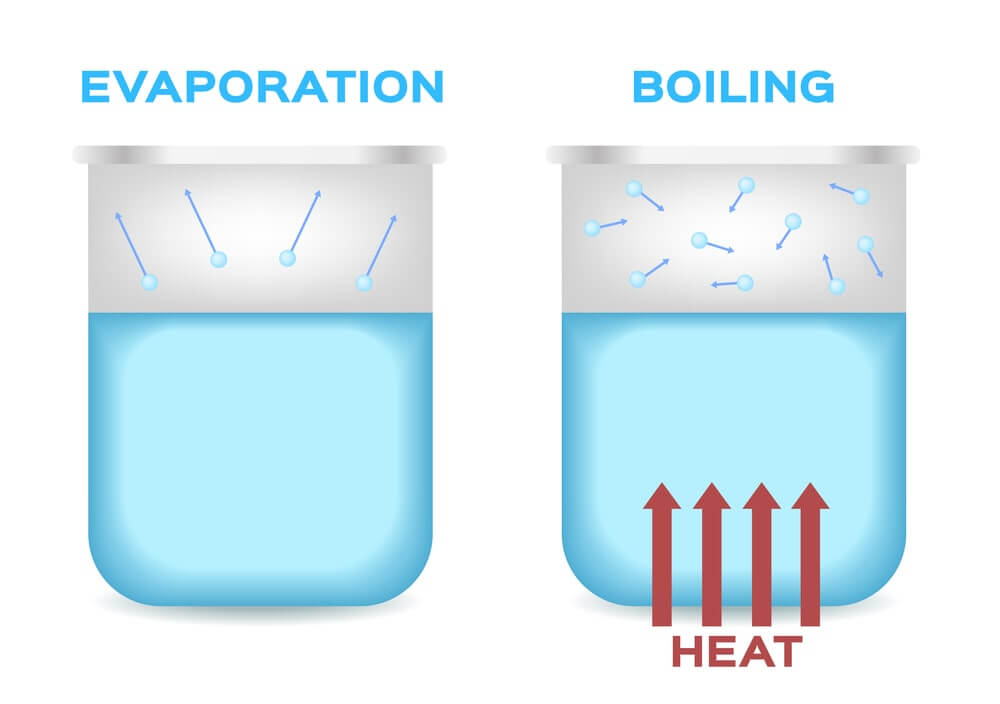
The speed of chlorine evaporation depends on your environment. Chlorine is a gas at room temperature, so warmer air will lead to faster dispersion. There’s also the risk that chlorine may have already formed harmful byproducts, necessitating another form of neutralization or removal.
| Pros | Cons |
| – Costs nothing | – Not an instant solution |
| – No tools or installation required. | – Ineffective against chloramine byproduct |
| – Little to no effort required | |
| – Natural solution |
4. Boiling your water
If none of the methods mentioned above pique your interest, you can opt for the most basic water purification process: boiling your water. As mentioned earlier, chlorine evaporates faster in warmer air, and the warmth of the environment plays a significant role in how quickly chlorine disperses.
However, it’s important to note that boiling water will only remove a certain amount of chlorine, not all of it. If you choose to use this method, recommends boiling the water for approximately 20 minutes to effectively eliminate chloramine and ammonia from your tap water. Unfortunately, there is insufficient evidence to suggest that boiling removes chlorine entirely.
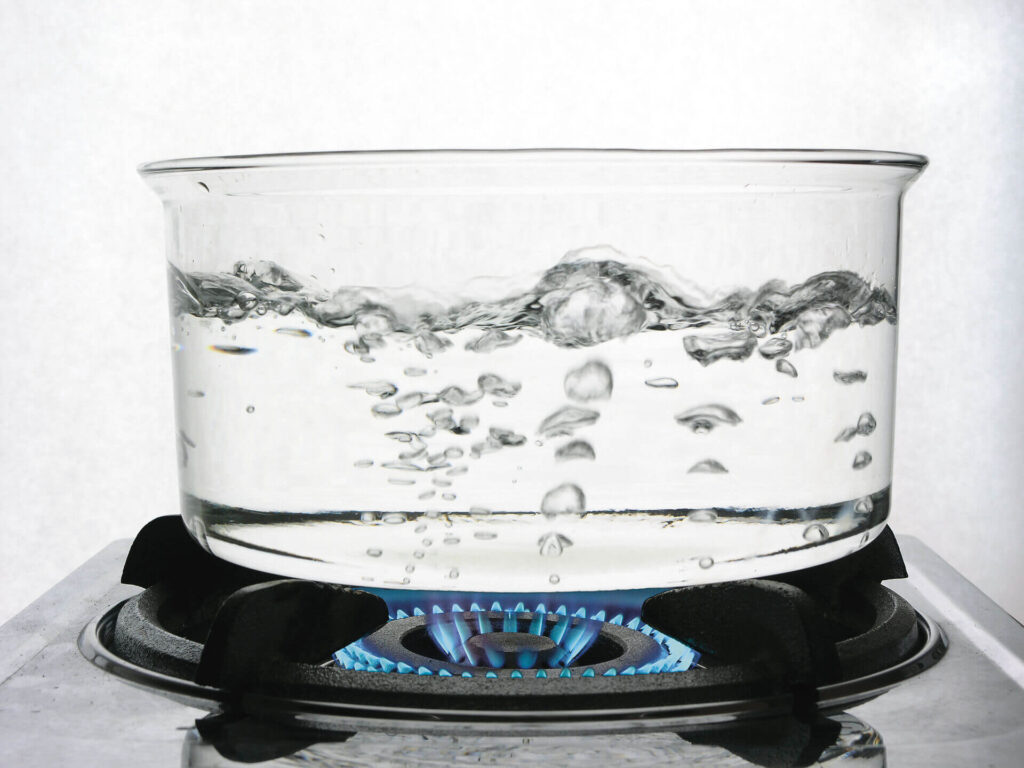
Nevertheless, the boiling method comes with a small inconvenience since it doesn’t require the addition of chemicals or the purchase and setup of equipment.
| Pros | Cons |
| – Little to no effort required | – Higher energy bills |
| – No equipment or installation required. | – It doesn’t remove chlorine entirely. |
| – No impact on taste |
5.Under sink Reverse Osmosis Systems:
Under sink Reverse Osmosis Systems: Reverse osmosis stands out as one of the most effective home water filtration methods available, capable of eliminating over 1000 different waterborne contaminants.
It serves as an ideal solution for effectively filtering out contaminants from your water, including lead, mercury, fluoride, arsenic, aluminum, iron, chlorine, chloramine, herbicides, pesticides, chlorine byproducts, and more.
Final Thoughts
Chlorine has been a widely embraced disinfectant all over the world for many years, primarily due to its cost-effectiveness, simplicity of application, widespread availability, and effectiveness in eradicating most pathogens responsible for severe waterborne illnesses. Nevertheless, despite its numerous advantages, there are concerns regarding its potential adverse health impacts. Research has provided evidence linking this chemical to various health issues, including cancer, skin and hair irritations, congenital disabilities, stillbirths, liver and kidney problems, among others. Fortunately, there are multiple methods to remove chlorine from your water, with our recommended treatment method being water filtration.
